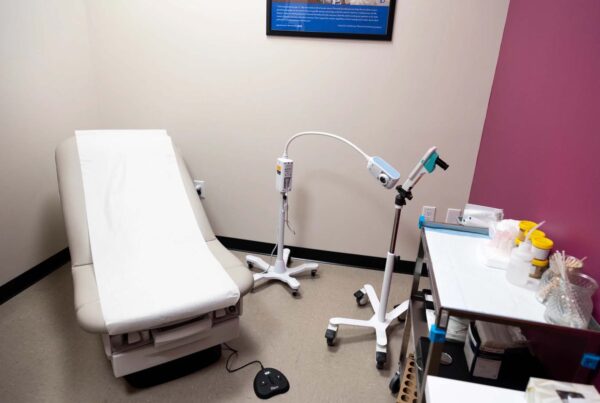If you use your phone for anything – calling friends, mobile banking, listening to podcasts – you can thank John Goodenough for the privilege, or burden, of doing so. That’s because Goodenough – in his words – “enabled” the lithium-ion battery to be used so widely. And those batteries power our phones … and more.
Goodenough is a professor in the Cockrell School of Engineering at the University of Texas at Austin, and on Wednesday, he won the 2019 Nobel Prize in chemistry. At age 97, he’s the oldest person ever to win a Nobel Prize.
He spoke to Texas Standard in 2017 for an interview that never aired. Back then, Goodenough said the initial experiments with lithium batteries didn’t produce anything usable.
“They were getting fires and explosions in their batteries,” he said.
But Goodenough figured out how to make them more powerful and practical. He made the battery’s cathode out of metal oxide instead of metal sulfide, which lowered its combustibility. And he found that using cobalt in that cathode could generate up to four volts of electricity – twice as much as previous batteries could produce. That made it possible for the batteries to power everything from solar panel energy storage to Teslas to power tools to cell phones.
“I’m very happy that it has enabled better communication between the peoples of the world,” Goodenough said.
But Goodenough said reducing the world’s reliance on oil and gas was another motivation for his work.
“Our dependence on fossil fuels is not sustainable. Once you burn a fossil fuel, you can’t recycle it. The fossil fuels have given us the ability to plunder the resources of Earth, so people recognize, yes, but we cant keep plundering without recycling. But if you can’t recycle fossil fuels, that’s bad,” he said.
Goodenough shared this year’s prize for chemistry with two other lithium battery pioneers: M. Stanley Whittingham of Binghamton University and the State University of New York, and Akira Yoshino of Meijo University in Japan.














